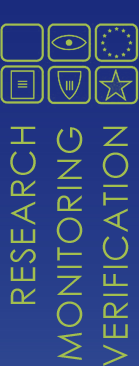2009
Energy Procedia. Greenhouse Gas Control Technologies 9, Proceedings of the 9th International Conference on Greenhouse Gas Control Technologies (GHGT-9), 16–20 November 2008, Washington DC, USA
Ferhat Yavuz, Petra David, Tom van Tilburg, Mark Spruijt, Ton Wildenborg
doi:10.1016/j.egypro.2009.02.010
Carbon dioxide Capture and Storage (CCS) is a promising contribution to avoid further increase of atmospheric CO2 emissions from fossil fuels. The CCS concept anticipates that large amounts of CO2 are going to be stored in the subsurface for the long term.
Since CCS is a rather new technology, uncertainties related with the future evolution of a CO2 storage system should be addressed in a systematic framework. Performance and risk assessment frameworks are being created for the evaluation of the safeness and effectiveness of a CCS project.
The recommended first step of this framework is a qualitative analysis, which encompasses the scenario analysis. The main goal of this step is to identify leakage scenarios, which can be supported by using a database of Features, Events and Processes (FEP), i.e. the elements that describe the characteristics and behaviour of the geological system. A qualitative FEP database tool assists to describe the storage concept and the factors which might influence the future behaviour of the storage reservoir and its surroundings. Scenario analysis using a FEP database is a crucial part of the risk assessment of a CCS project and has been applied to define leakage scenarios for a number of storage sites. However, further improvement is needed to facilitate a faster and more coherent analysis.
For this purpose, a novel scenario analysis framework has been created, which is named the Carbon Sequestration Scenario Identification Framework (CASSIF). It is based on the three major leakage scenarios (well, fault or seal leakage) from where the relevant events and process are identified and modelled. Expert opinion is a key value within this framework. A questionnaire to be filled in by experts has been designed for the initial screening and ranking of events and processes.
Features (the static characteristics) have been separated from the events and process (the dynamic characteristics) so the focus in the expert elicitation will be on the latter. The new interface facilitates the online use of the FEP database and a risk terminology lexicon. Together with realtime scenario formation, these improvements will greatly enhance the speed, transparency and comprehensiveness in the creation of subsurface CO2 leakage scenarios.


